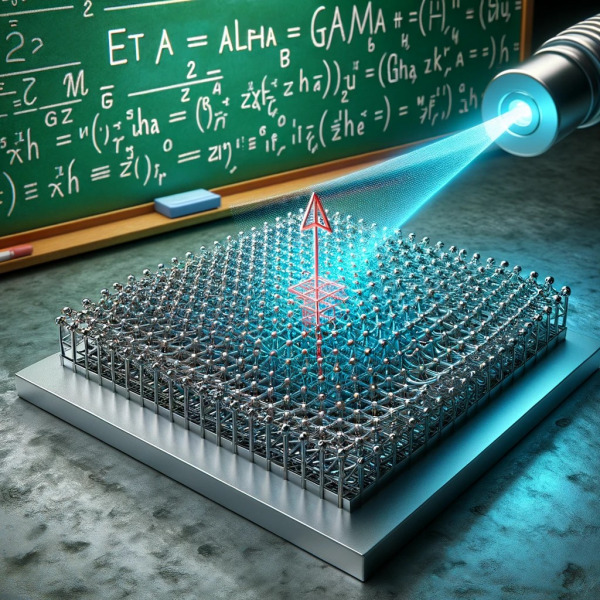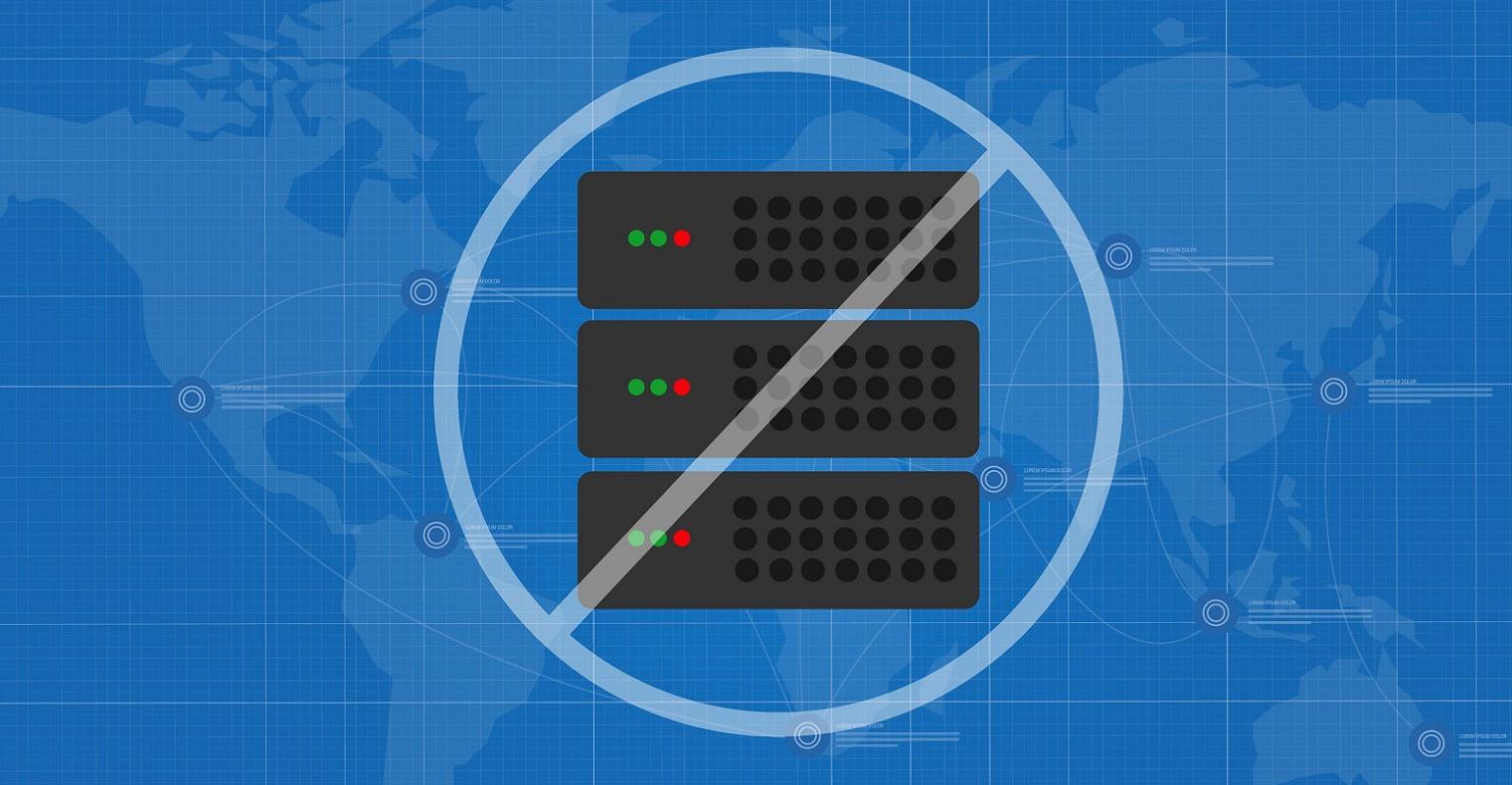Can Generative AI and Data Quality Coexist?

Not only is it possible for generative AI and data quality to co-exist, it’s imperative that they do, says Marinela Profi, AI strategy advisor for analytics software developer SAS in an email interview. Data for AI is like food for humans, she notes. “Based on the quality of the food you feed your body and your brain, you will receive a certain quality of outputs, such as higher performance or more focus.” Simply put, if you've neglected the quality of your enterprise data, or haven't defined a proper data strategy, you won't get value out of generative AI, Profi says. “On the flip side those who have implemented a strong data management discipline are uniquely positioned to gain a competitive advantage with generative AI.” ... New training techniques that require less data or that can learn more effectively from existing datasets might reduce the pressure on data quantity but increase the need for highly representative and unbiased data samples, Profi says. “Self-supervised and unsupervised learning techniques, in which models generate their own labels or learn from unlabeled data, reduce reliance on manually labeled datasets” she notes.
10 top priorities for CIOs in 2024

We are in a cybersecurity pandemic right now, warns Juan Orlandini, CTO for North America at solutions and systems integrator Insight Enterprises. He encourages CIOs to focus on cyber preparedness to ensure they’ve done everything possible to prevent assaults. “Attackers are getting more sophisticated, and all it takes is one mistake for them to get in,” Orlandini notes. “Assume that attacks are inevitable.” Work toward having the right cybersecurity team in place, Orlandini advises. “This could be an in-house team or trusted advisors who can make sure you’ve done what you can to protect yourself.” ... Caldas believes that’s important to renew and maintain existing workforce competencies as well as to establish a high-performance culture that’s ready to deliver results in today’s fast-paced technology ecosystem. “We’re shifting away from building development plans based on job profiles alone and are now pivoting to build plans on top of a foundation of skills,” she states. “Skill-building will inform how we provide training as well as how team members can grow their careers.”
Insights From Quantum Computing Could Create Light-Controlled Memory Tech

The discovery is tightly linked to the realm of quantum technologies, and
combined principles from two scientific communities that so far had little
overlap: “We arrived to this understanding by using principles that are well
established within the quantum computing and quantum optics communities but
less so in the spintronics and magnetism communities.” The interaction between
a magnetic material and radiation is well established when the two are in
perfect equilibrium. However, the situation where there is both radiation and
a magnetic material that are not in equilibrium has so far been described very
partially. This non-equilibrium regime is at the core of quantum optics and
quantum computing technologies. From our examination of this non-equilibrium
regime in magnetic materials, while borrowing principles from quantum physics,
we have underpinned the fundamental understanding that magnets can even
respond to the short time scales of the light. Moreover, the interaction turns
out to be very significant and efficient.
IoT Data Governance: Taming the Deluge in Connected Environments
IoT environments typically comprise diverse devices and systems, often
operating on different standards and protocols. Data Governance must address
the challenge of integrating this disparate data to ensure seamless
interoperability. This requires establishing common data models and
communication protocols to use. For example, integrating data from wearable
devices, electronic health records, and diagnostic equipment in a healthcare
IoT setup is crucial for comprehensive patient monitoring and care. IoT Data
Governance must also include policies for data storage and lifecycle
management. This involves determining how long data should be stored and when
it should be archived or deleted, as well as ensuring that storage solutions
are scalable and cost-effective. Likewise, it’s important to understand that
proper Data Governance doesn’t relate only to touchpoints between the device,
the network, and the cloud. Instead, proper security protocols must be applied
throughout the organization. From integrated document editors and AI
assistants to plugins and VPNs, everything must be airtight.
5 Reasons Not to Use Serverless Computing

Serverless computing is cost-efficient in the sense that you only pay for the
time your workloads are active. However, the per-minute cost of serverless is
almost always higher than the cost of running an equivalent workload on a VM.
For this reason, serverless may result in greater total costs than other types
of cloud services, especially for workloads that are active most of the time.
... Each serverless computing platform works in a different way. That makes it
challenging to migrate workloads from one serverless environment (like AWS
Lambda) to another (such as Azure Functions). By comparison, the differences
between other types of cloud services (such as AWS EC2 and Azure Virtual
Machines) are less pronounced, leading to lower levels of lock-in when you use
those services. ... Although serverless workloads theoretically run on-demand,
in practice there is typically a delay between when serverless code is
triggered and when it actually runs. This is especially true in the case of
"cold starts," which happen when serverless code hasn't run recently.
Sometimes, the delays in startup time can be a second or longer.
Industry 4.0 at Scale Can Make Smart Manufacturing Pervasive
We're barely scratching the surface to realize the potential of generative AI.
Consider a worker's typical task: locating and utilizing manuals to address
issues at a workstation. This process usually takes hours, sifting through
pages and troubleshooting cryptic error codes. Now, picture digitizing these
manuals, integrating them into a bedrock system and overlaying an anthropic
cloud interface. With this setup, a worker standing before a machine
encountering an error can simply input the error code and receive a clear
explanation of the problem. This saves an immense amount of time, directly
translating to cost savings and increased uptime. But the real potential lies
in integrating this knowledge into workflows seamlessly. Imagine moving from
receiving an error message to being provided with repair instructions while
simultaneously updating maintenance records and checking inventory for
required spare parts - all automatically. This transformative capability
eliminates the need for manual intervention, which currently involves hours of
inventory checks, finding personnel for repairs, and managing associated
logistics.
Embracing the future: Top 5 home automation trends for 2024

As we strive towards a sustainable future, the inclusion of energy-saving
devices has become a priority. Energy-efficient smart home devices include
unique features that make energy conservation easier than ever. Lighting
systems, for example, independently dim or switch off when rooms are unused,
saving electricity and extending bulb life. Also, schedules to switch off
lights, etc. at a preset time every day – ensure nil wastage of energy. By
incorporating energy-efficient smart home gadgets into daily life, people can
not only reduce their environmental effects but also benefit from lower costs
of electricity. ... Artificial intelligence (AI) is stepping in to make the
lives of people even more convenient and efficient. Virtual assistants powered
by AI, such as Amazon Alexa and Google Assistant, have already become
commonplace in many homes. These smart companions can answer inquiries and
provide weather updates, as well as operate smart gadgets and much more. In
the coming years, AI will become more important in home automation. Your home
can learn your habits and adjust to create the perfect atmosphere.
AI Will Create Demand and Empower Developers, Not Replace Them

AI takes care of the annoying, tedious, routine tasks that may otherwise take
up a significant amount of developers’ time, so they’re able to better
concentrate on the real work at hand. In fact, 92% of developers are already
using AI to lighten their load. ... AI can do this in seconds. All a developer
needs to do is tell the technology what they want to accomplish and what
language they want to use, and they can get some understanding of the best
approach to their problem. Learning: Although there’s a need to check for
accuracy, AI can help developers understand code snippets and programming
concepts without having to do the research themselves. Documentation:
Nobody likes documentation. It’s tedious and difficult. However AI
documentation can help bring attention to things that didn’t work during the
development process while reducing development times in the
aftermath. Code quick-starts: This gives a major leg up to developers who
have an idea but don’t know exactly where to begin. AI can generate coding
within seconds despite the language. Even if the parameters of the project
need a review, it gives you a head start.
Future challenges and innovations in cloud security platforms

The role of identity and access management systems in cloud security has
evolved from simple gatekeeping to intelligent filtering. These systems now
serve as sophisticated sentinels equipped to discern legitimate users from
intruders. They’re no longer static barriers but dynamic shields, adapting to
new threats and user behaviors. The advancement in these systems means they
can now offer personalised access based on user roles and context, adding a
layer of security that’s both smart and user-centric. Essentially, they act as
the first line of defence, ensuring that only the right people can access the
right data at the right time. ... The adage “it takes a village” holds
particular relevance in cloud security, emphasising the importance of
collective effort and cooperation in this field. Achieving unbreakable
security is a collaborative mission, relying not on individual effort but on
collective strength and teamwork. This collaboration transcends organizational
boundaries, bringing together experts, companies, and competitors to forge a
united front against cyber threats.
Social engineer reveals effective tricks for real-world intrusions
My main social engineering trick is just walking into a location like you
belong there. People underestimate how far confidence will get you into a
location and how unsuspecting people are when they feel secure. I’ve always
said the only thing worse than no security is the false sense of security
because it is tough to imagine something terrible will happen when you have
that false sense of security. One of the main tricks that I do when I am doing
a phishing attack is not to tell them that something positive has happened. I
always have the topic of the e-mail to be unfortunate, something that may be a
mistake, something that has happened that is important and, if not fixed
immediately, could have dire consequences. People are very suspicious when
they get an e-mail that something good has happened or will happen to them.
Still, throughout history, humans have always craved information almost at any
cost when they felt like a threatening situation was occurring around them.
They need to discover what is happening and how it could affect them.
Quote for the day:
"Ambition is the path to success.
Persistence is the vehicle you arrive in." -- Bill Bradley
No comments:
Post a Comment